| After comparing many group's models about how a shadow is seen (see below in organge), we established consensus together. Check out the model to the left that we created together. Our next steps will be figuring out what happens as the object changes. What happens when light interacts with all kinds of objects that have different properties? Hmmm.....we wonder! How can we use mathematics to further develop our scientific understanding? |
So now that we've figured out how the eye works, we're trying to figure out what happens with the light as it hits an object. Using our hands as objects, we saw what happens when we move a light source and an object in relation to a screen.
We all agreed on our investigation that the shadow behind the object is dark. Our next steps will be to develop a model to explain this. Since establishing consensus for how we see, we thought it would be important to dig a little deeper into knowing how our eyes work. After learning some important anatomy of our eyes, we discovered that our pupils, which allow light to enter our eye, change in size according to how much light is present. When it is dark, with limited light, our pupils increase in size, searching for light in order to see. The flip side is true in that when our eyes are in the presence of a lot of light, the pupils get smaller since there is a lot of light available to see.
In order to actually see and measure how much light comes off an object, our light sensor is playing an important role. We've figured out the following by using it throughout our classroom: 1. Areas that are brighter have much higher readings. This means that more light is reflecting off them! 2. Areas that are darker have much lower readings. This means that less light is reflecting off them. How will these ideas help us figure out shadows and color? Stay tuned! Since our 3D models to represent the "How We See an Object" phenomena had so many differences, we all agreed that simplifying our models into a 2D model would help solidify our thinking. Here's what we got! While every model had the conditions to see an object, how the conditions interacted with each other was different. Some models had only one ray of light coming from the sun. Others had lots. Some models showed light coming out of the eye (which would make the eye a light source! Yikes!!!)
After careful discussion, we agreed upon the following model to explain how we see an object!
They're also trying to figure out ways to represent the phenomena of how we see an object. Using Mrs. Brinza's model as a guide, they evaluated her model of play-doh and toy cars to represent how light behaves. Using various materials, they developed physical models to show how they see an object. They evaluated each others' work to see both the strengths and limitations of their models. Here's what they came up with! How does each model show the following?
1. How light behaves 2. How light enables us to see an object
Through some careful dialogue, we all agreed on the following:
1. Models represent phenomena. 2. They can be 2D or 3D or maybe even something we watch. 3. They explain the phenomena. 4. Some models better represent phenomena over others. 5. Models can change over time as our understanding changes. Check back next week as we work through the development of models and our ability to evaluate them. It's surely an exciting time in science! But what we weren't so sure about was whether you could see in the dark or not. Some classmates suggested that we could...while others said we couldn't.
So what better way to figure this out than by using the light boxes. These are boxes that contain an object, and have the ability to make it pretty dark inside. We'll be figuring out our next steps from what we uncover. After looking at some strange images today (that we later coined optical illusions), we are set up our Driving Question Board. We broke down the driving question into four subquestions, and placed questions we have into each category. The subquestions are:
1. How does light allow me to see? 2. What happens when light reaches an object? 3. How can light have different colors? 4. Is there light I cannot see?
|
Mrs. BrinzaI always find myself wondering why I see what I see... Archives
December 2017
Categories |
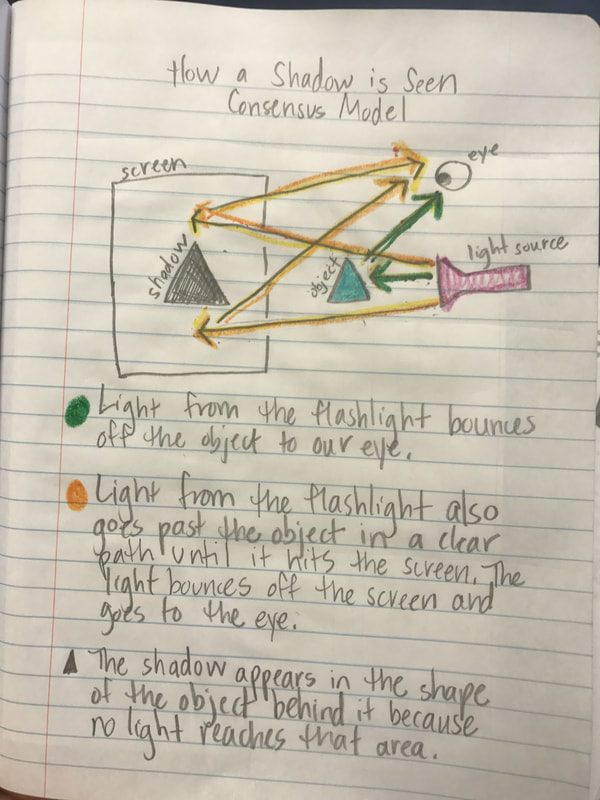
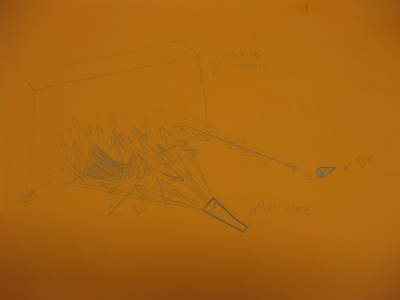
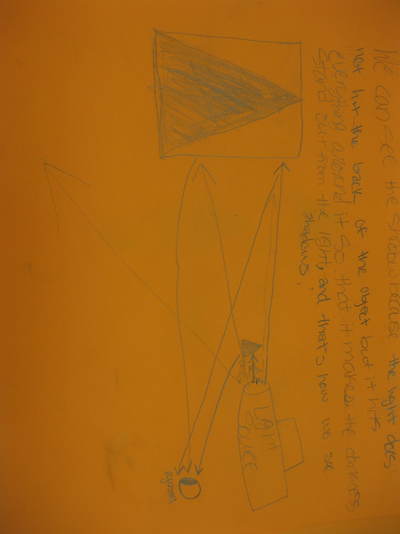
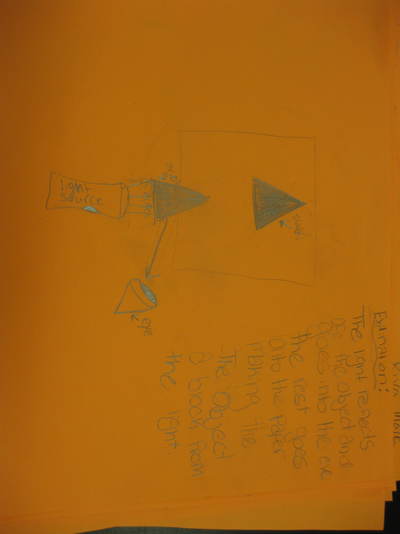
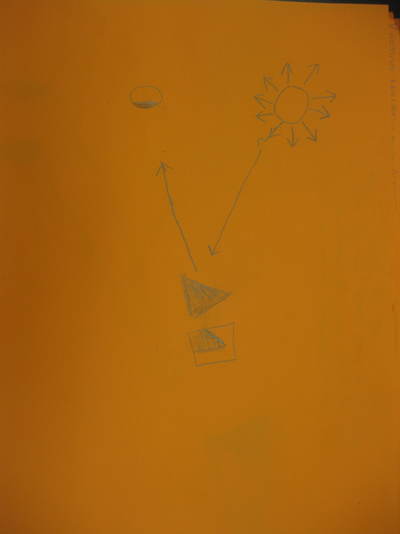
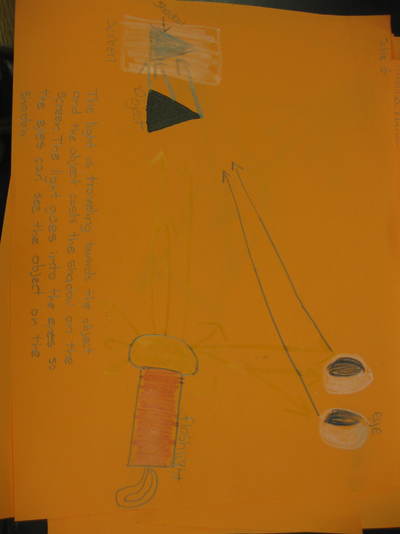
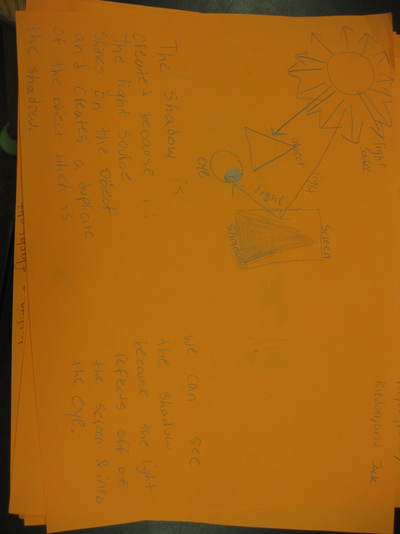
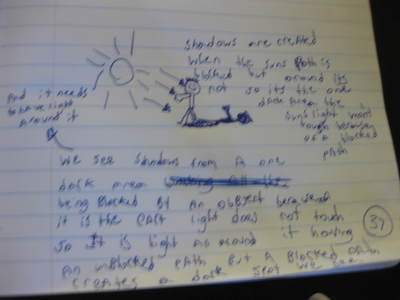
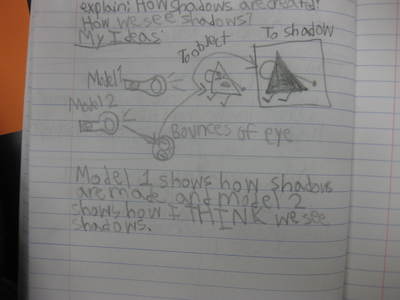
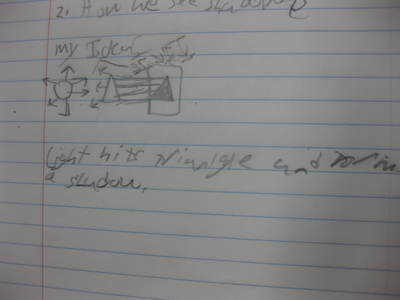
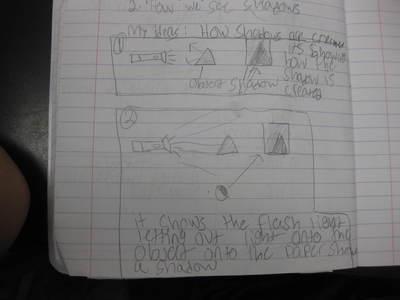
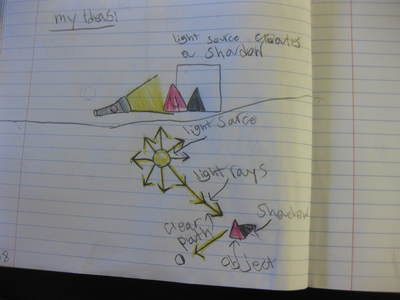
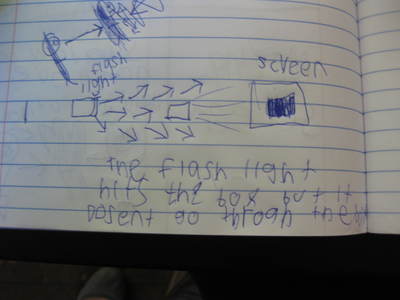
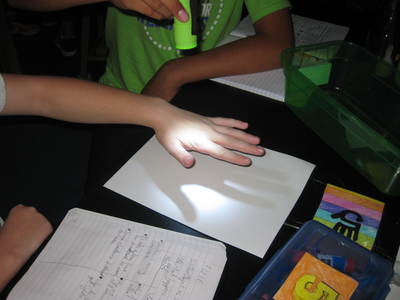
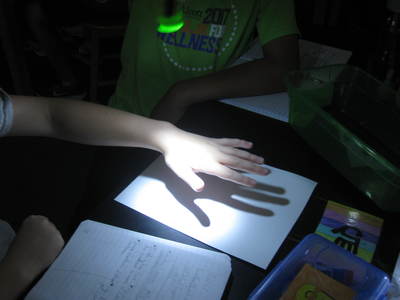
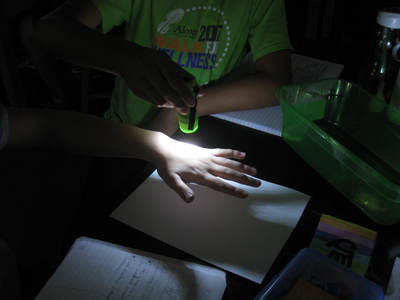
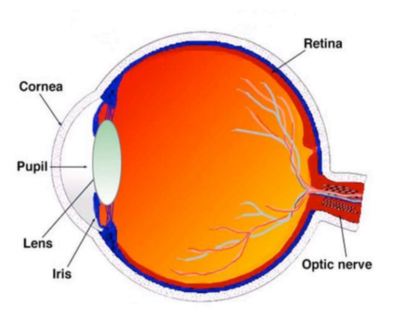
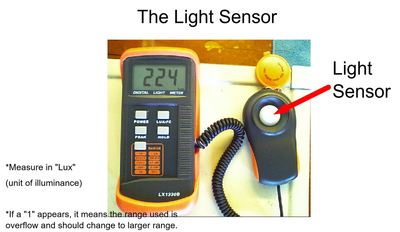
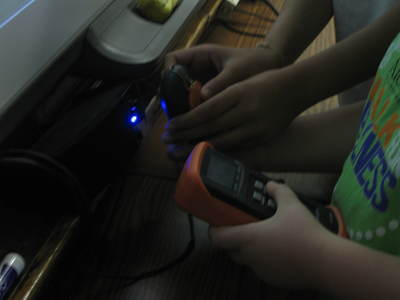
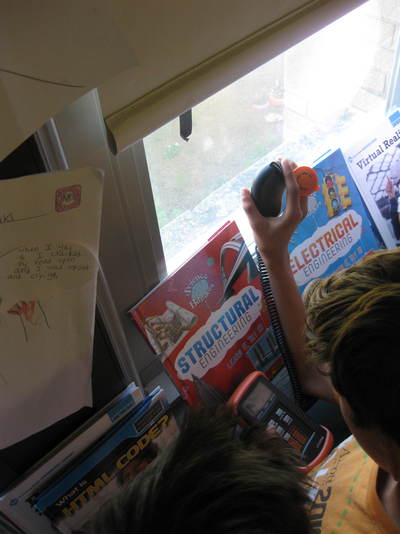
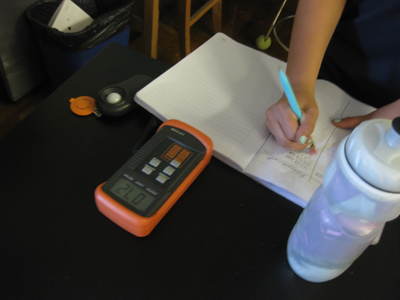
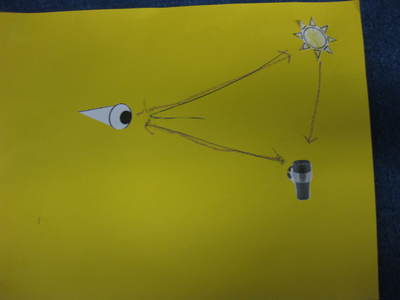
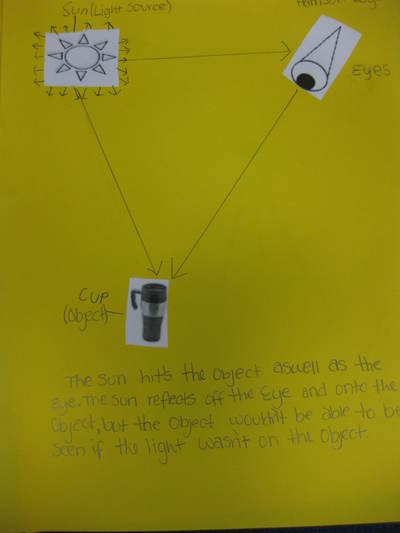
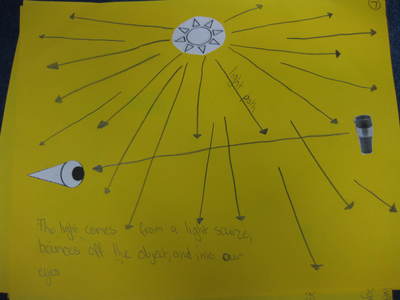
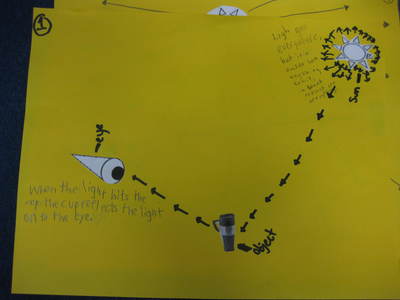
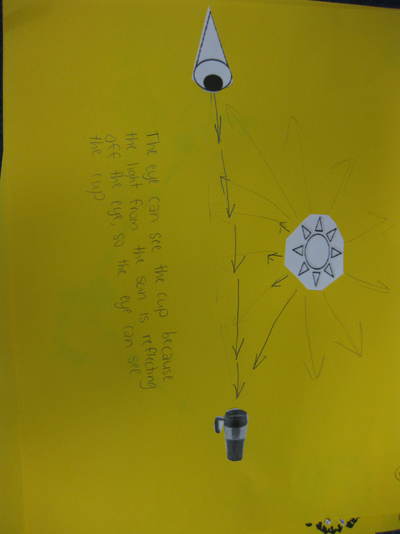

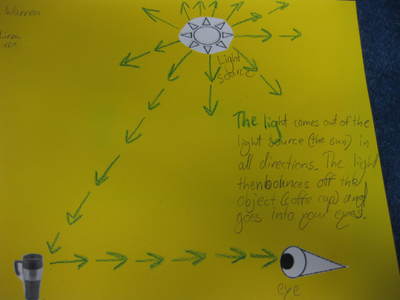
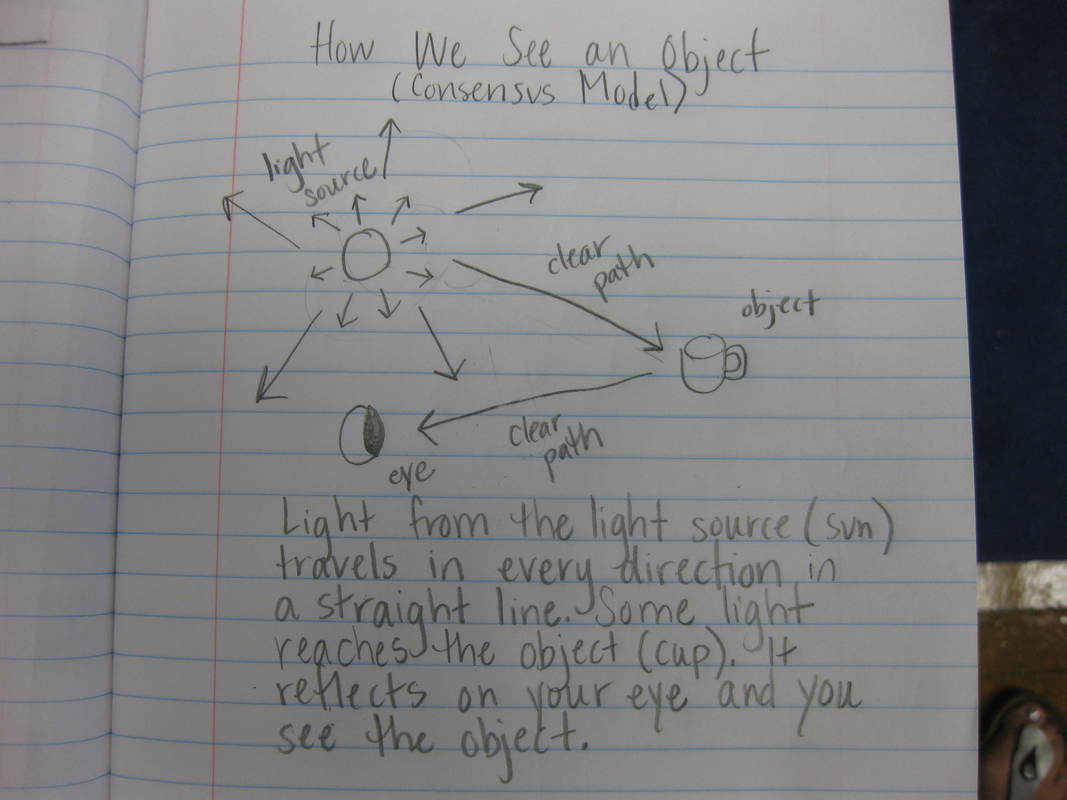
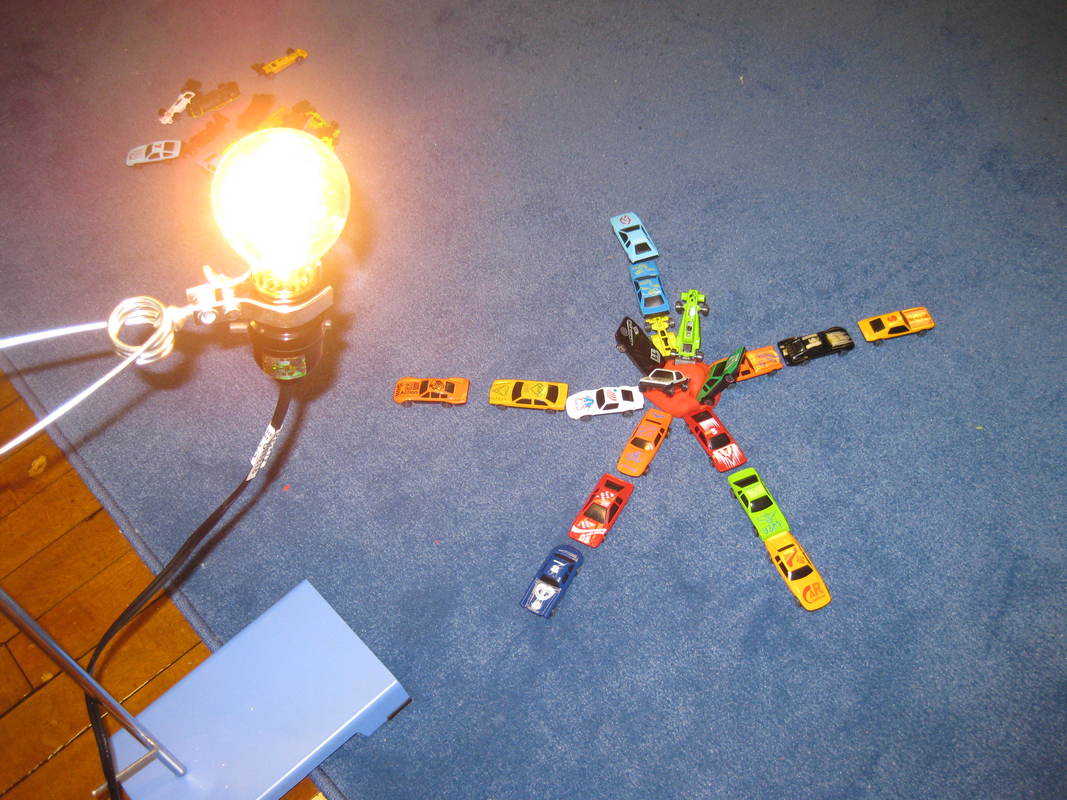
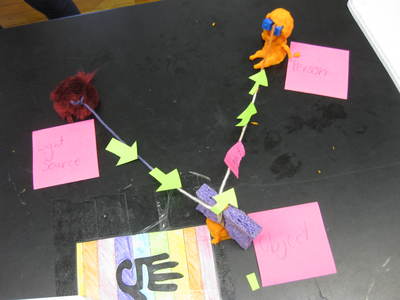
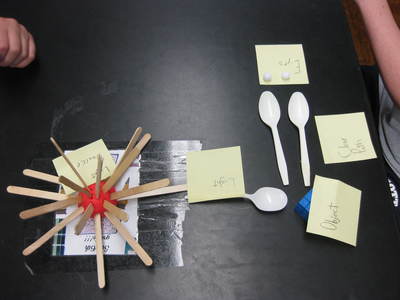
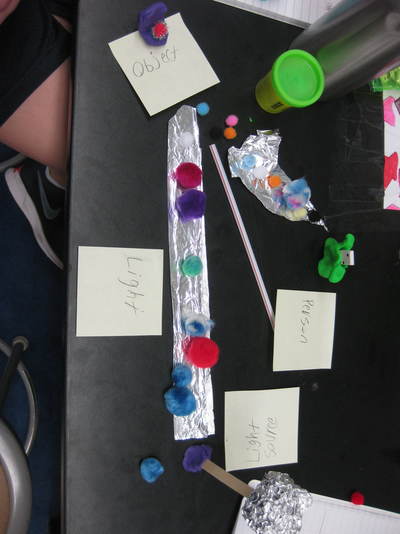
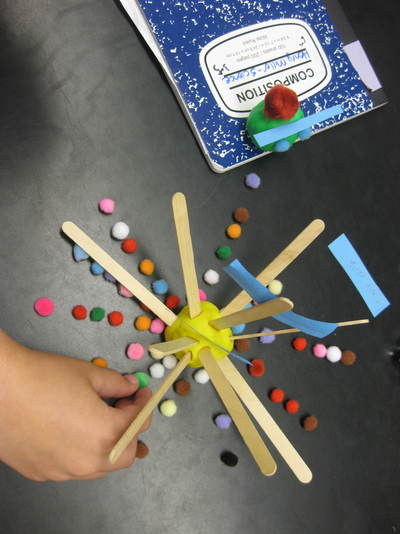
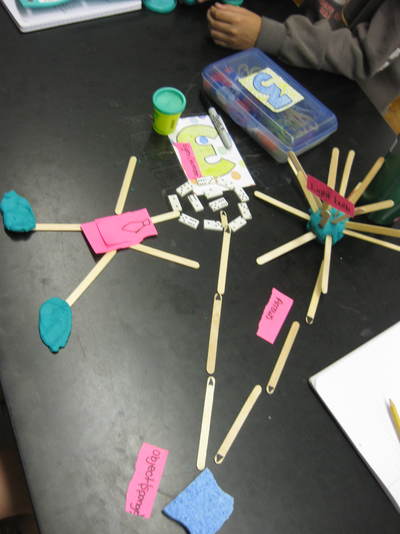
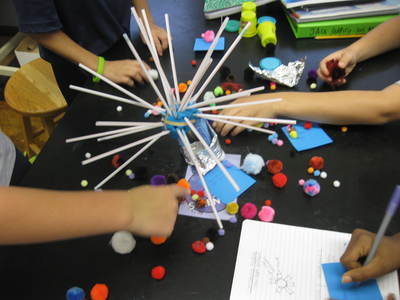
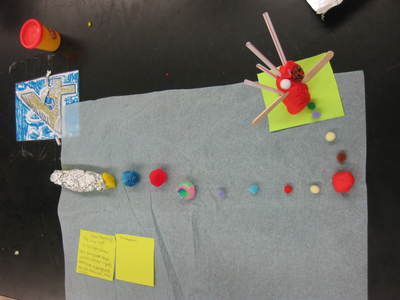
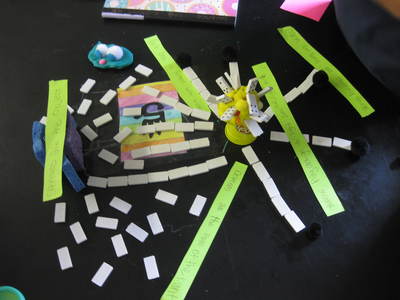
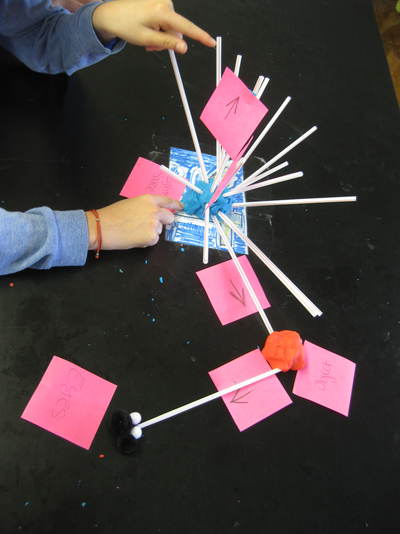
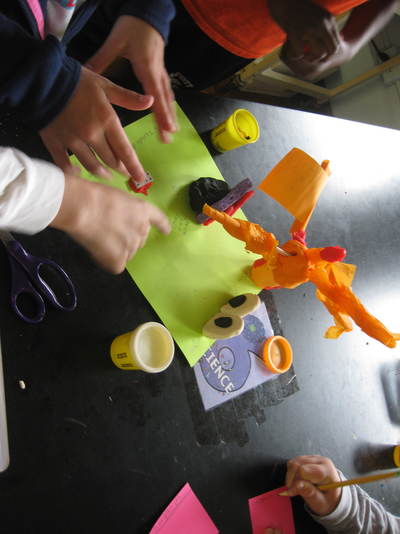
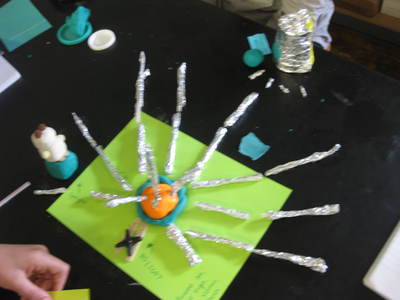
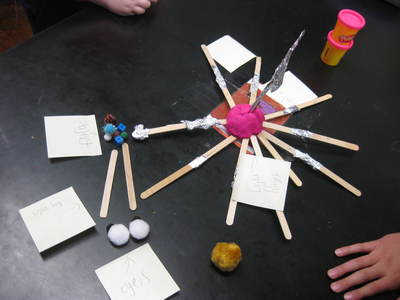

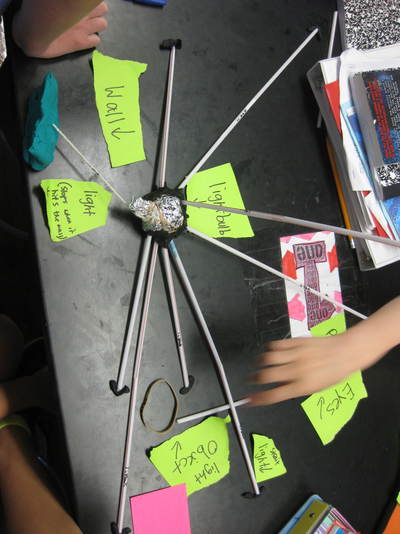
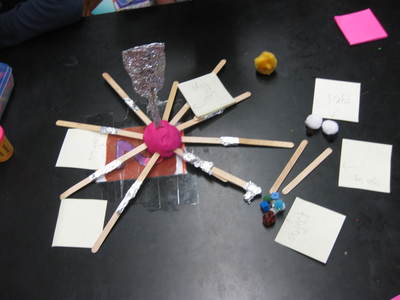
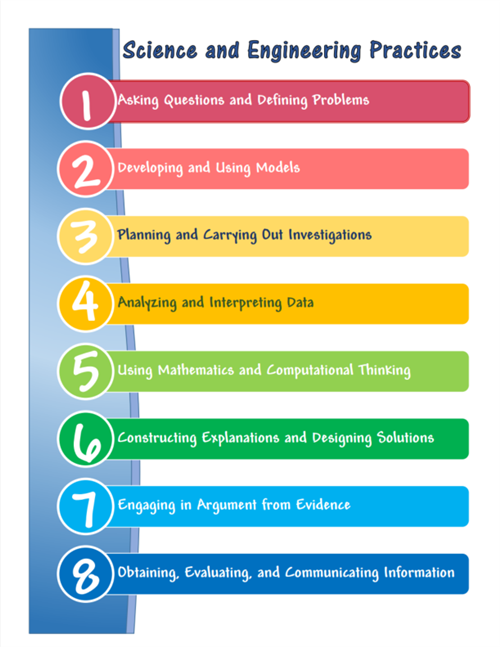
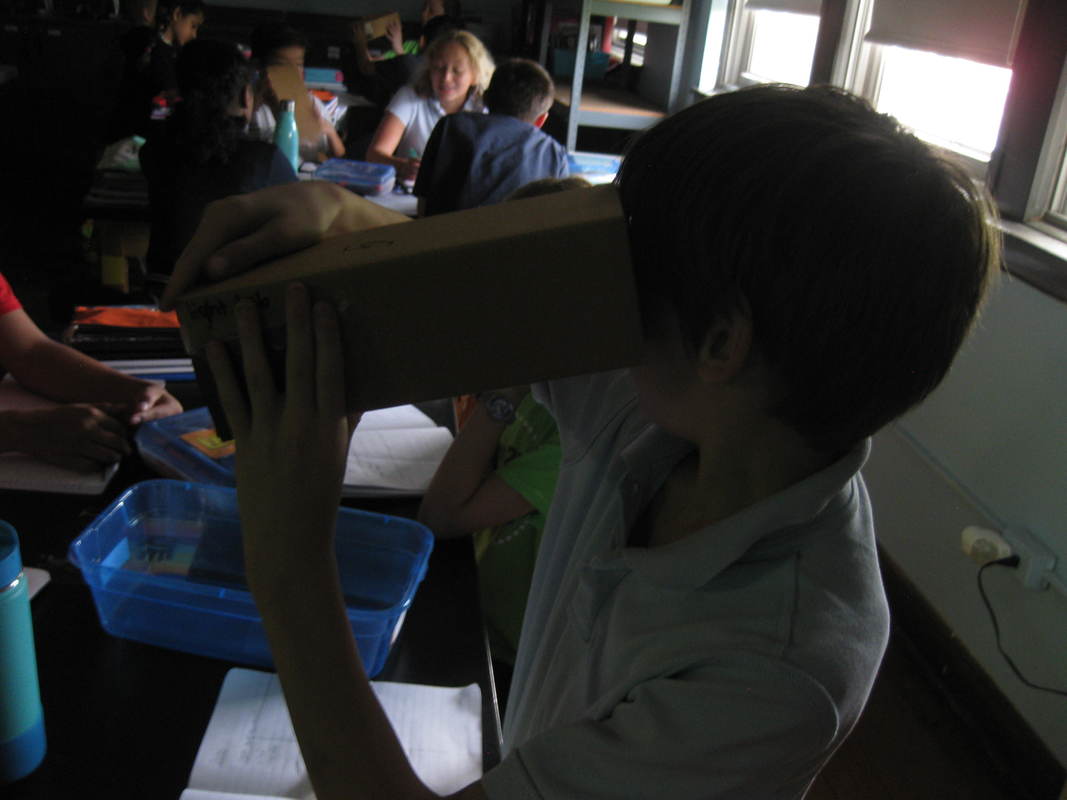
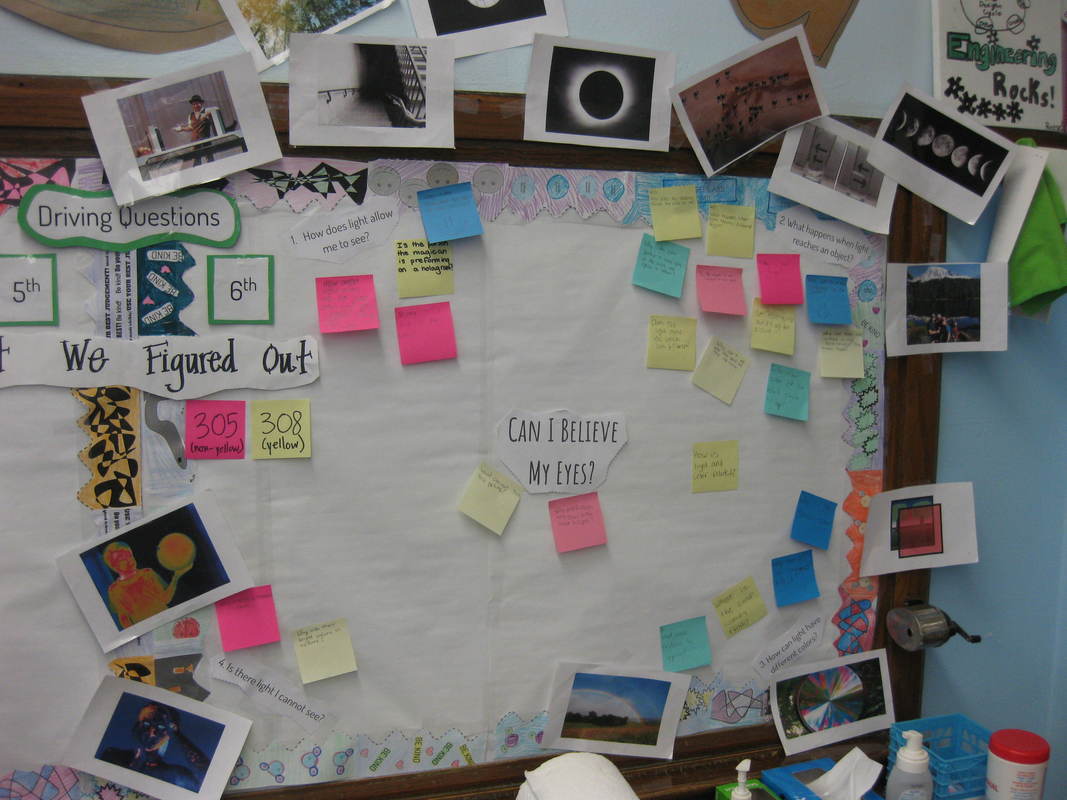
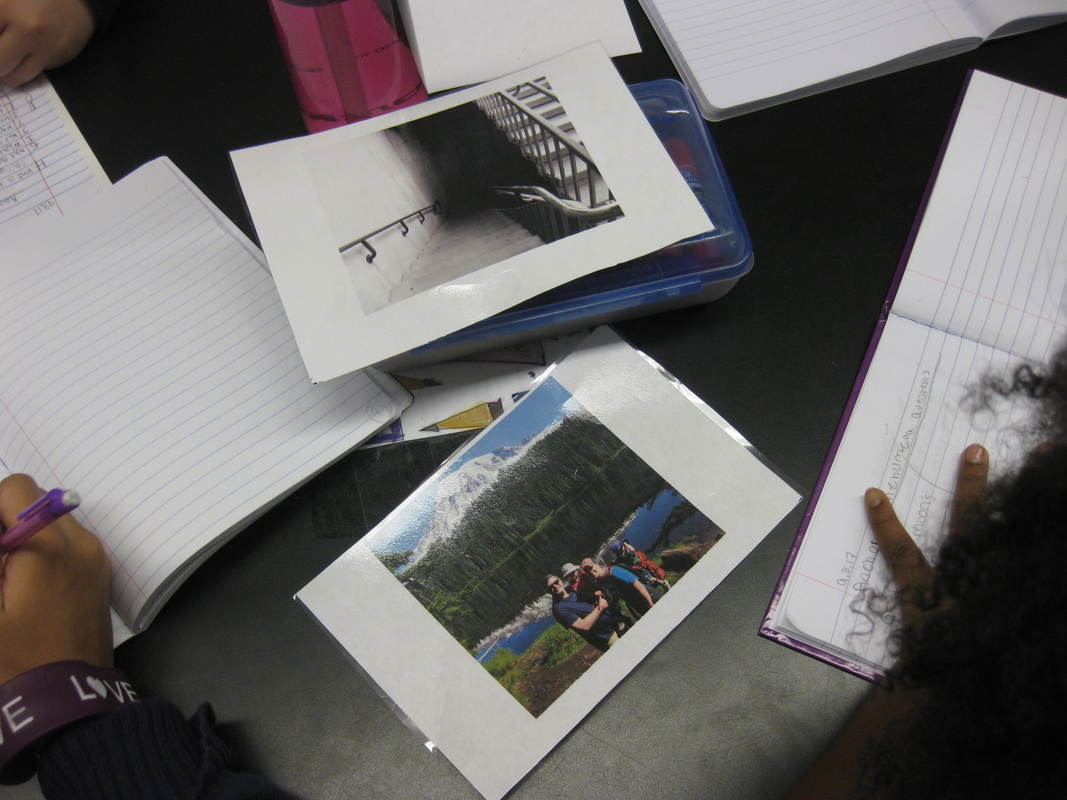
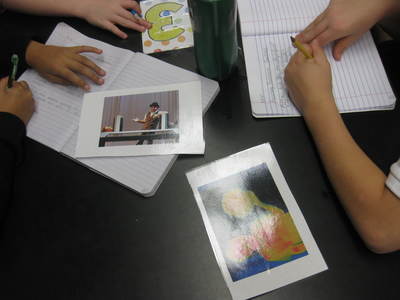
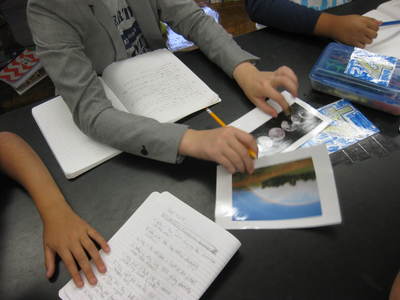
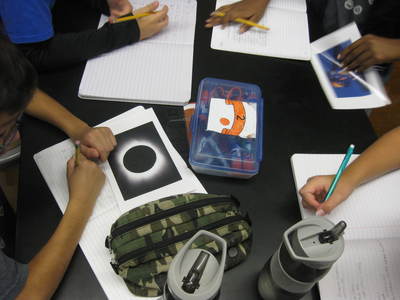
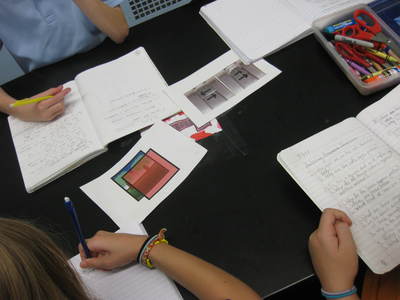
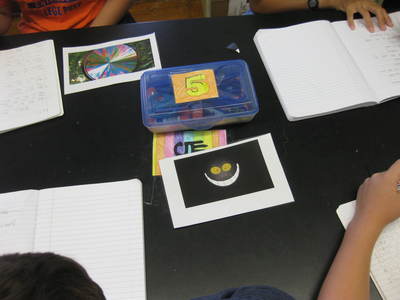
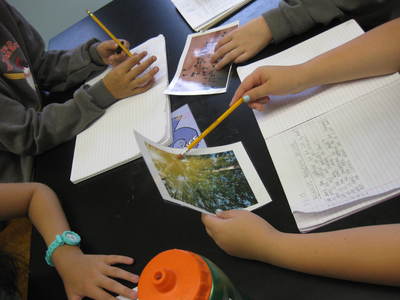
 RSS Feed
RSS Feed